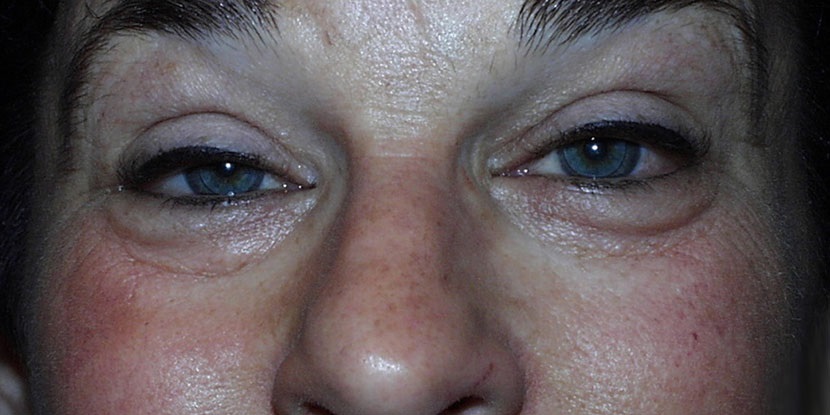Have you been wondering how to treat ptosis (วิธี แก้ กล้าม เนื้อ ตา อ่อน แรง, which is the term in Thai)? Ptosis is characterised by the sagging or falling over of the eye by the top eyelid. The failure of the levator muscle is frequently to blame. Depending on the severity of your drooping lid, your vision may be impaired or even blocked. The drooping of one or both upper eyelids is known as ptosis. It can affect one eye more than the other. Here discuss how you fix ptosis:
How Do You Fix Ptosis?
The effectiveness of therapy for ptosis often hinges on the health of the eyelid muscles. You won’t need any treatment if the problem isn’t affecting your eyesight and how it looks isn’t bothering you.
Here Are Some Ways To Treat Ptosis
Surgery For Ptosis
It is common practice to do ptosis surgery when the patient is awake but sedated (under local anaesthesia with sedation). The following are examples of surgical procedures used to fix a drooping lid.
The surgeon cuts a hole in the tissue of your top eyelid. The surgeon can then locate the little muscle responsible for repositioning your eyelid. The surgeon will insert sutures to tighten this muscle and elevate the eyelid. You’ll get extra stitches to seal the incision in your eyelid skin.
The surgeon can operate without touching your eye. In this treatment, the surgeon lifts and strengthens the lower lid muscle. This procedure avoids skin cutting.
Your surgeon will tell you how to find your eye following surgery. Following surgery, you must see your doctor to check your progress. Patients must wait a few days to a week for follow-up appointments after surgery.
Potential Treatment Complications
Ptosis surgery is not without complications. Your eyelids’ height and shape may be irregular just after surgery. Your issue, which your surgeon may have under- or overcorrected, will likely improve with time. Ptosis surgery has other potential risks, such as:
- Damaged and bleeding badly
- Infection at the site of surgery
- Your corneal damage
- Eyelids that don’t close all the way or close abnormally
- Ptosis that occurs repeatedly
- Ptosis treatment eye drops
Some kinds of acquired ptosis in adults are treatable with a prescription eye drop treatment. The levator muscle is the intended target of the drug oxymetazoline. Some users have reported that the drops caused an increase in eyelid opening. It would help if you used the drops daily for them to keep helping. Consult your ophthalmologist to determine if the drops will work for your specific case of ptosis.
Conclusion
The medical name for drooping eyelids is ptosis. In some situations, this may make it difficult to see clearly. The upper eyelid muscular weakness causes ptosis. Ageing naturally and certain medical disorders can both cause this. Ptosis can sometimes be present at birth. The standard method of treating ptosis is surgical.





